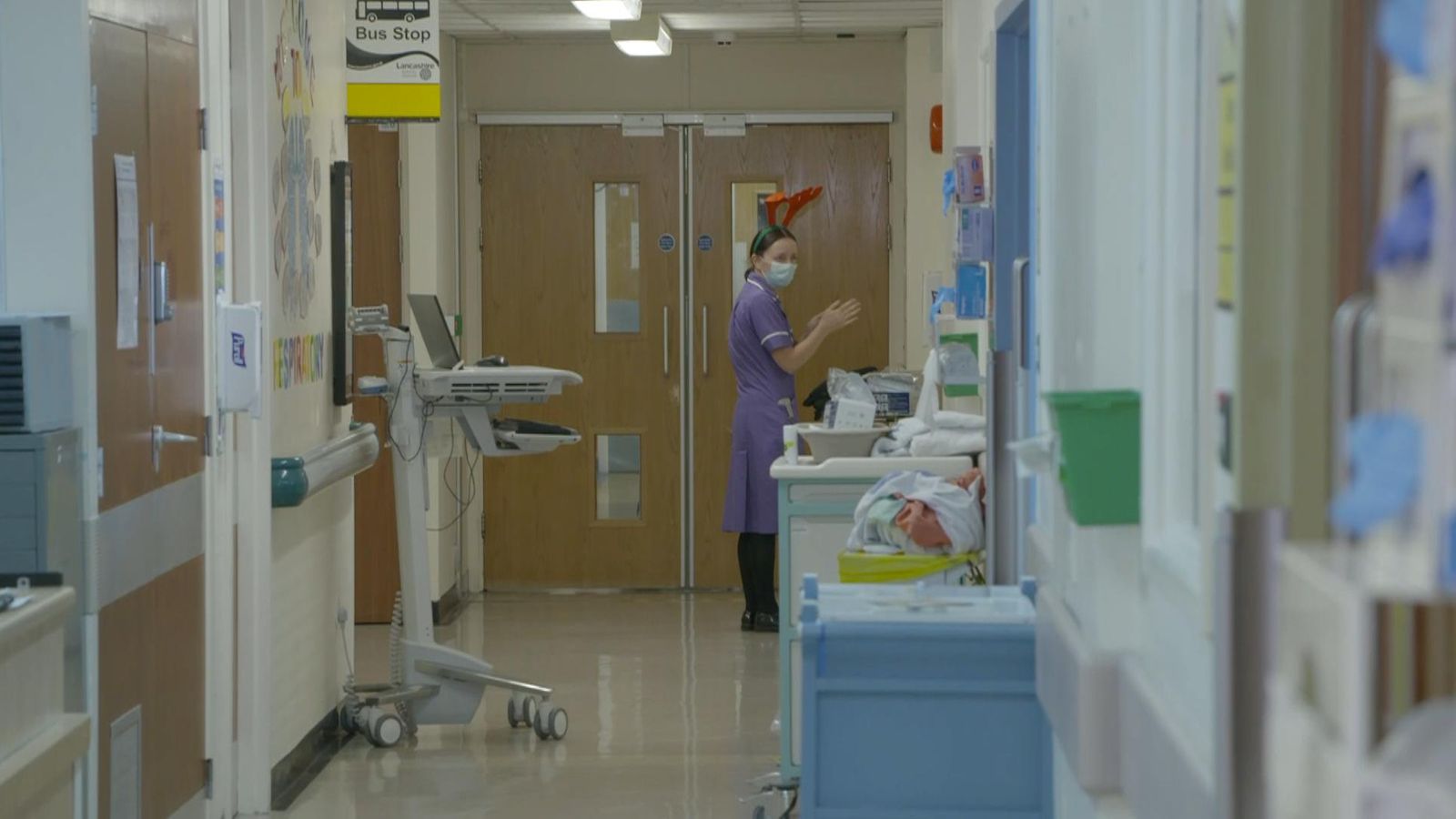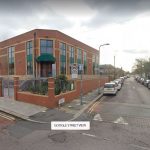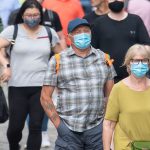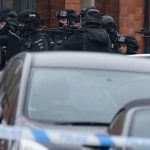Just because it’s Christmas, doesn’t mean life on a COVID ward is any easier. Like hospitals across the land, the Royal Preston is feeling the pressures of the pandemic, once again.
There wasn’t the usual hustle and bustle at the entrance of the hospital, the car park was satisfyingly empty, but as you walk onto the respiratory ward, dominated with COVID-19 patients, the tempo completely switches.
Staff are constantly on the move, tending to very sick patients who are struggling to breathe because of the virus.
The ward itself had small but significant reminders that it was Christmas Day; a nurse sporting reindeer antlers, tubs of sweets on the sides and at lunchtime the waft of Christmas lunch making its way to occupied beds.
Professor Mohammed Munavvar led us through this ward just after his morning round. We met several members of staff who were working when they weren’t supposed to be.
Nurses, doctors, cleaners and porters in the NHS are catching COVID and with the rapid spread of Omicron, this was a huge added pressure for Dr Munavvar.
“It’s been a massive challenge for us in the last few days and even today we’ve had people who’ve tested positive and are now having to isolate,” he said.
Armed intruder arrested in grounds of Windsor Castle as Queen celebrates Christmas
Queen’s Christmas message tribute to Prince Philip: ‘Mischievous twinkle as bright at the end as when I set eyes on him’
Queen’s Christmas Day message: Monarch’s tributes to Duke of Edinburgh in annual address
“We’ve had to pull staff away from their Christmas celebrations to help us in the last minute. But how long can we continue like this? It’s the same number of colleagues we’re calling upon.”
As we walk down the corridor, Dr Munavvar points out the red zone, where there are a number of suspected COVID patients, and the blue zone where the beds are occupied with people who’ve tested positive for the virus.
Please use Chrome browser for a more accessible video player
Looking through the windows into the bays, it’s clear these people are very unwell and are struggling. But the doctor tells me they have one thing in common.
“In this COVID ward and in the critical care unit, people who are very seriously ill and in danger of dying are those who’ve not had their full dose of vaccination,” he said.
“A large number of those have not had any vaccination at all. And those who have had the vaccines, have only mild illness.”
This was a clear message from Dr Munavvar, from someone who’s worked on the frontline since the beginning of the pandemic.
“Working here, we understand the gravity of the situation and how things can go horribly wrong.
“That’s why sometimes when I finish duties here on the COVID ward, I step out and I feel like I’m living in two different parallel universes because people are going about their business they don’t seem to care or understand what’s happening in here.
“They don’t realise COVID is still around.”
Outside of these hospital walls there may be a rapid response to the booster programme, but doctors inside are all too aware that it takes two weeks for the vaccines to kick-in and so without urgent action the NHS could face some of the most difficult weeks in its history, again.






















